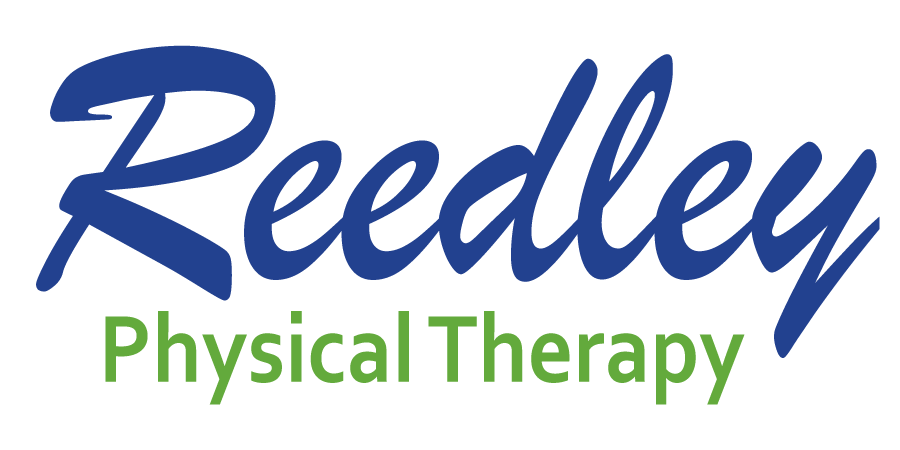Movement is Medicine: The Often-Neglected Thoracic Spine
In the world of orthopedic injuries, low backs seem to get all the glory. This is with good reason, after all, low back injuries cost an estimated 100 billion dollars a year here in the United States alone and affect almost everyone at some point in their lives. Injuries, either acute or chronic, can be frustrating in the short term and sometimes debilitating in the long term. Low back injuries seem to compromise an overwhelming percentage of injuries treated in most physical therapy clinics, and have been frequently written about in this column. So why would we spend any time focusing on any other part of the spine?
While injuries solely effecting the mid back pale in comparison to those affecting the low back, the thoracic spine is so often the cause of not only mid back pain, but is often the root cause of neck and shoulder pain as well. In fact, I would venture to say that if one totaled the number of dollars spent on neck pain, shoulder injuries and rib/mid back pain all together, it may come close to how much is spent on the low back, therefore warranting much more attention be directed towards the often-neglected thoracic spine.
Anatomically, the thoracic spine is more stable and less prone to injury than the cervical or lumbar spine. Despite being the largest part of the spine – making up nearly 20 percent of one’s body length – it is the least mobile and the least flexible thanks in large part to the ribs. However, our modern lives do take their toll on this part of the spine, primarily in the form of accentuating the natural curvature that, in moderation, serves us well. When this natural ‘kyphotic’ curvature becomes exaggerated, it becomes the foundation of so many other problems. Increased kyphosis, or rounding, of the mid back as a result of a variety of causes, but especially poor sitting or standing posture causes; increased stress and wear and tear on the neck, decreased mobility through the shoulders increasing the opportunity for impingement of rotator cuff tears and stress to the actual thoracic vertebrae themselves predisposing one to compression fractures. This is not a comprehensive list by any means, but does demonstrate the extent to which this part of your spine is so closely related to so many other common pathologies.
So, what is the best way to maintain the health of your thoracic spine, thereby mitigating the risk of suffering from back, neck, and shoulder pain? One answer, simply, is to improve your postural habits – but that is always easier said than done. Here are a few tips and exercises that will help improve your posture and maintain the health of your thoracic spine:
- Foam Roll – Lay flat on your back with your knees bent up. Place the foam roll perpendicular to your spine, just below your shoulder blades and attempt to extend your back over it. See if you can touch your head to the floor without lifting your hips up
- Doorway Stretch – Stand up in a doorway with your elbows at shoulder height resting against the door frame. Then, step one leg through the door, stretching your shoulders and arms back opening your chest and extending your thoracic spine
- T Spine Extension Stretch – Kneel down in front of a chair, placing your elbows on the seat and reaching your hands back to your shoulder blades. Then walk your knees back under your hips and bow forward stretching your triceps and thoracic spine.
Learn more about movement, fitness and health in this space each week or by visiting www.alliancehealthfresno.com, or calling 478-5833. If you have any questions about this article, or want to find out more about scheduling a nutritional consultation, contact Dr. Chris Telesmanic, PT, DPT, OCS at chris@reedleyphysicaltherapy.com.


